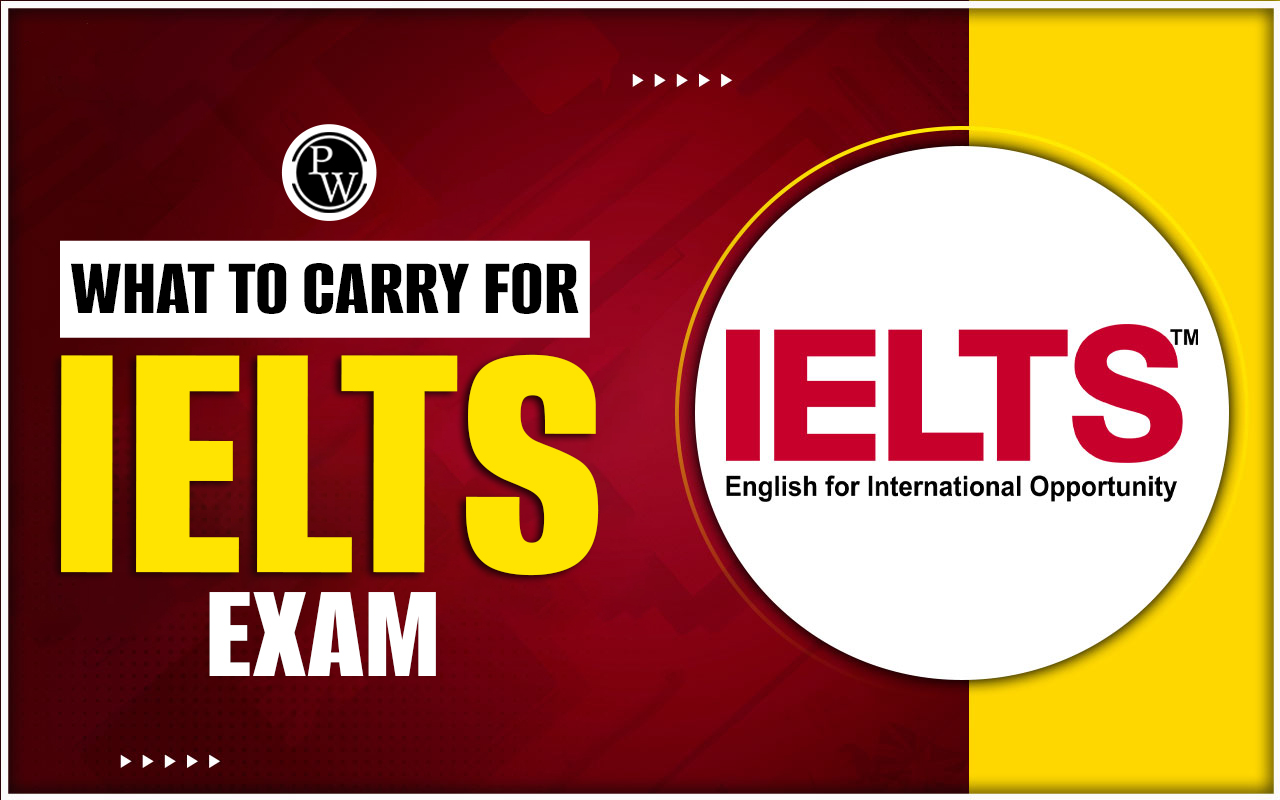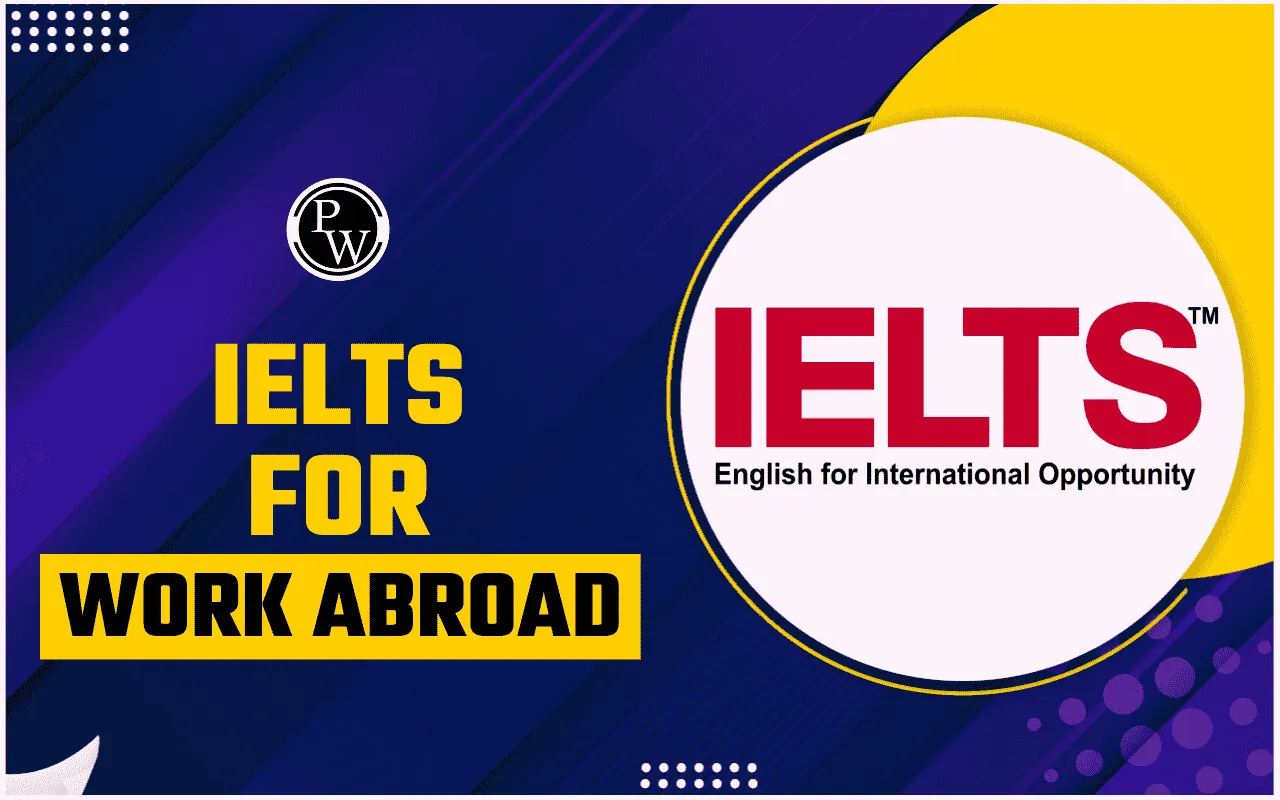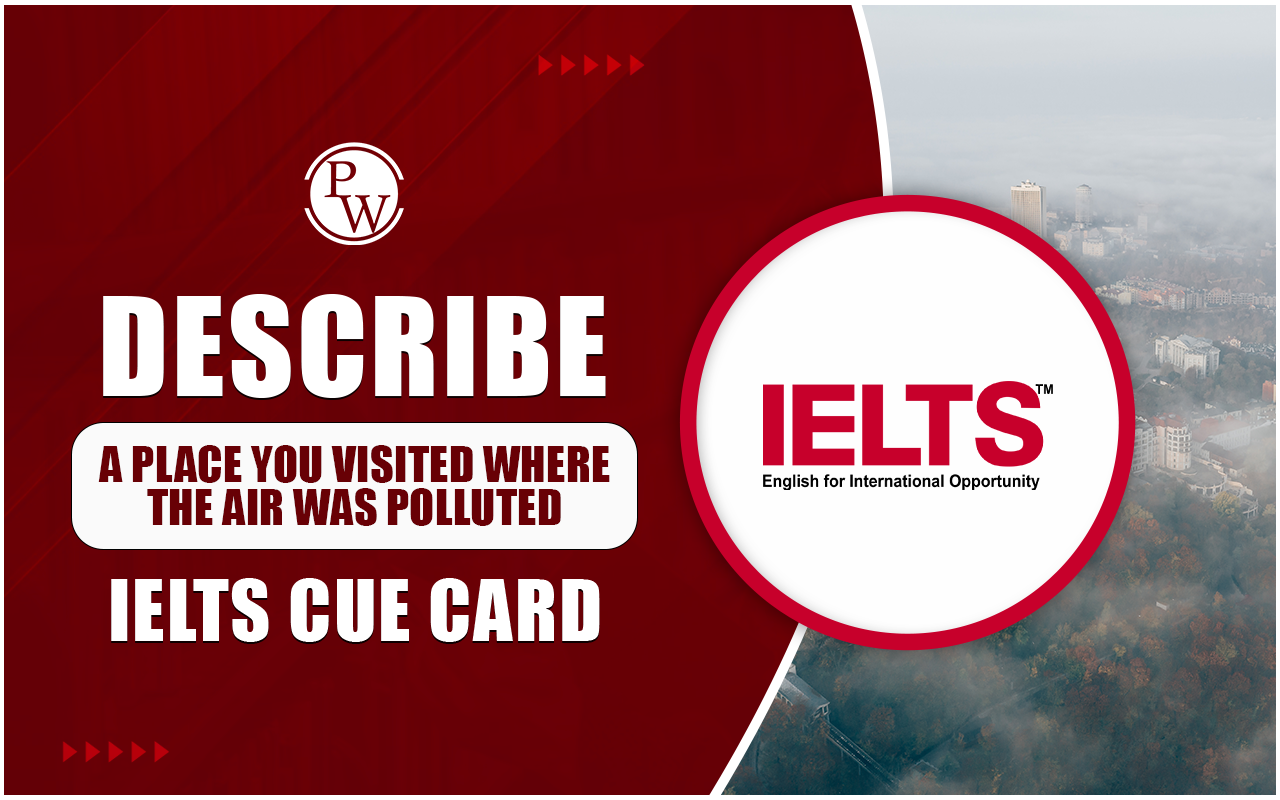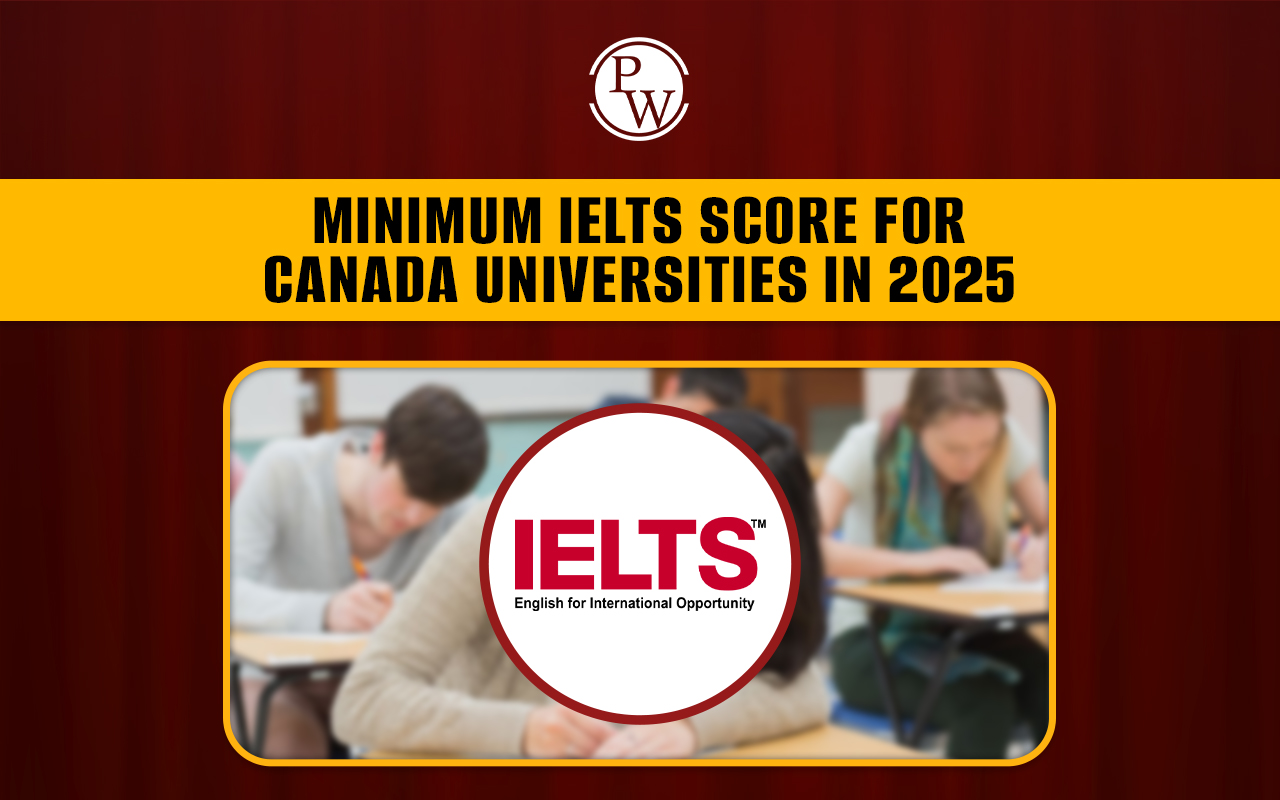
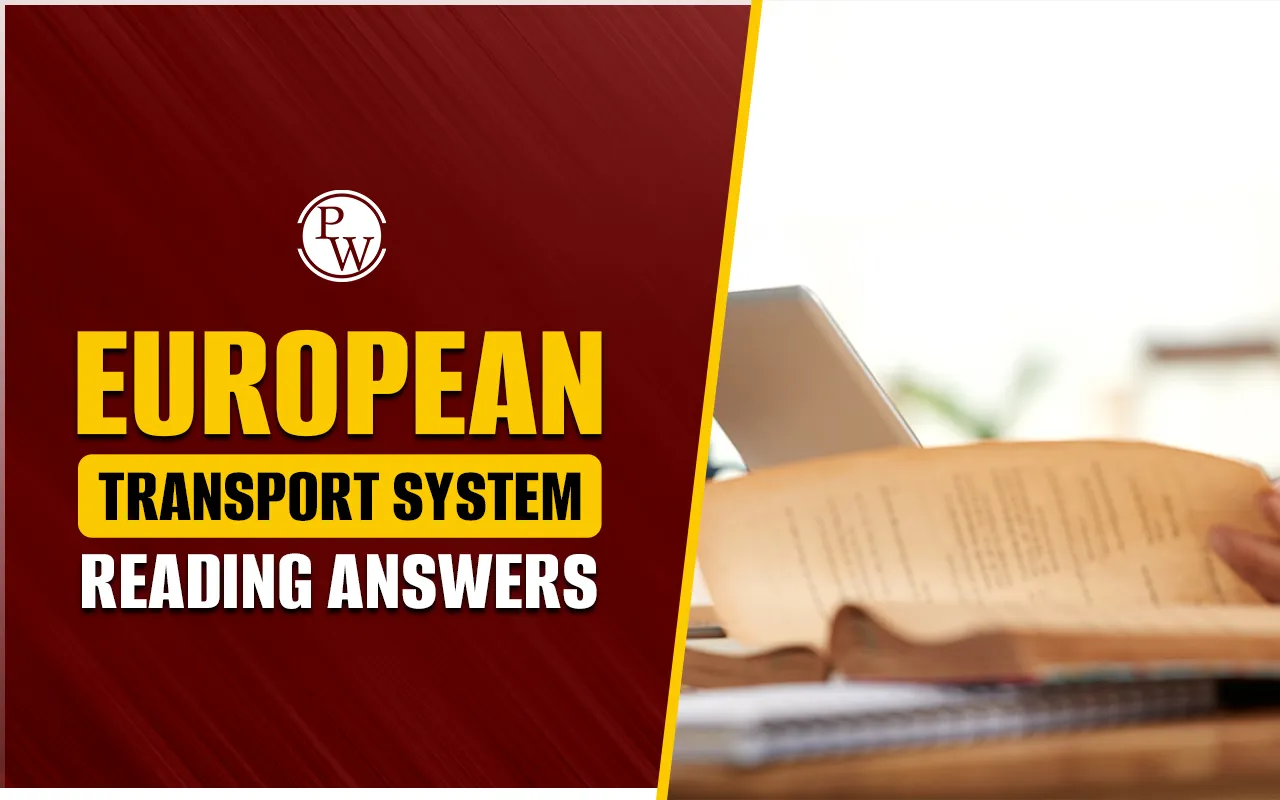
European Transport System Reading Answers: The IELTS Reading section includes a comprehensive passage on the European Transport System Reading Answers. The passage consists of a total of 13 questions based on the structure and development of transport systems across Europe. The questions are categorized into two sections. Students are advised not to spend more than 20 minutes on this passage. The European Transport System Reading Answers topic is commonly featured in the IELTS reading test. It is recommended that students practice sample questions to improve their IELTS band score.
Free IELTS Reading Practice Tests
European Transport System Reading Answers Passage
The passage below " European Transport System " is inspired by Cambridge 10, Test 1 for your practice. You should spend about 20 minutes on Questions 1-13, which are based on the reading passage below.
European Transport System
Paragraph A: It is difficult to conceive of vigorous economic growth without an efficient transport system. Although modern information technologies can reduce the demand for physical transport by facilitating teleworking and teleservices, the requirement for transport continues to increase. There are two key factors behind this trend. For passenger transport, the determining factor is the spectacular growth in car use. The number of cars on European Union (EU) roads saw an increase of three million cars each year from 1990 to 2010, and in the next decade, the EU will see a further substantial increase in its fleet.
Paragraph B: As far as goods transport is concerned, growth is due to a large extent to changes in the European economy and its system of production. In the last 20 years, as internal frontiers have been abolished, the EU has moved from a ”stock” economy to a ”flow” economy. This phenomenon has been emphasised by the relocation of some industries, particularly those which are labour-intensive, to reduce production costs, even though the production site is hundreds or even thousands of kilometres away from the final assembly plant or away from users.
Paragraph C: The strong economic growth expected in countries that are candidates for entry into the EU will also increase transport flows, particularly road haulage traffic. In 1998, some of these countries already exported more than twice their 1990 volumes and imported more than five times their 1990 volumes. Although many candidate countries inherited a transport system which encourages rail, the distribution between modes has tipped sharply in favour of road transport since the 1990s. Between 1990 and 1998, road haulage increased by 19.4%, while during the same period, rail haulage decreased by 43.5%, although – and this could benefit the enlarged EU – it is still, on average, at a much higher level than in existing member states.
Paragraph D: However, a new imperative-sustainable development – offers an opportunity for adopting the EU's common transport policy. This objective, agreed by the Gothenburg European Council, has to be achieved by integrating environmental considerations into community policies and shifting the balance between modes of transport, which lies at the heart of its strategy. The ambitious objective can only be fully achieved by 2020, but proposed measures are nonetheless the first essential step towards a sustainable transport system, which will ideally be in place in 30 years‟ time, that is, by 2040.
Paragraph E: In 1998, energy consumption in the transport sector was to blame for 28% of emissions of CO2, the leading greenhouse gas. According to the latest estimates, if nothing is done to reverse the traffic growth trend, CO2 emissions from transport can be expected to increase by around 50% to 1,113 billion tonnes by 2020, compared with the 739 billion tonnes recorded in 1990. Once again, road transport is the main culprit since it alone accounts for 84% of the CO2 emissions attributable to transport. Using alternative fuels and improving energy efficiency is thus both an ecological necessity and a technological challenge.
Paragraph F: At the same time, greater efforts must be made to achieve a modal shift. Such a change cannot be achieved overnight, all the less so after over half a century of constant deterioration in favour of roads. This has reached such a pitch that today rail freight services are facing marginalisation, with just 8% of the market share, and with international goods trains struggling along at an average speed of 18km/h. Three possible options have emerged.
Paragraph G: The first approach would consist of focusing solely on road transport through pricing. This option would not be accompanied by complementary measures in the other modes of transport. In the short term, it might curb the growth in road transport through the better loading ratio of goods vehicles and occupancy rates of passenger vehicles, which is expected as a result of the increase in the price of transport. However, the lack of measures available to revitalise other modes of transport would make it impossible for more sustainable modes of transport to take up the baton.
Paragraph H: The second approach also concentrates on road transport pricing but is accompanied by measures to increase the efficiency of the other modes (better quality of services, logistics, technology). However, this approach does not include investment in new infrastructure, nor does it guarantee better regional cohesion. It could help to achieve greater uncoupling than the first approach, but road transport would keep the lion's share of the market and continue to concentrate on saturated arteries despite being the most polluting of the modes. It is, therefore, not enough to guarantee the necessary shift of the balance.
Paragraph I: The third approach, which is not new, comprises a series of measures ranging from pricing to revitalising alternative modes of transport and targeting investment in the trans-European network. This integrated approach would allow the market shares of the other modes to return to their 1998 levels and thus make a shift of balance. It is far more ambitious than it looks, bearing in mind the historical imbalance in favour of roads for the last fifty years, but would achieve a marked break in the link between road transport growth and economic growth without placing restrictions on the mobility of people and goods.
European Transport System Reading Answers Sample Questions
Questions 1-7
The Reading Passage has sections A-I.
Which section contains the following information?
Write the correct letter, A-I, in boxes 1-7 on your answer sheet.
-
The increase in the number of cars in the European Union.
-
The shift from a “stock” economy to a “flow” economy in the EU.
-
The expected increase in transport flows due to the economic growth of candidate EU countries.
-
The EU's long-term goal for a sustainable transport system.
-
The projected increase in CO2 emissions due to transport growth.
-
The challenges of improving rail freight services in Europe.
-
The three approaches to addressing road transport and achieving a modal shift.
Questions 8-13
Complete the sentences below.
Choose NO MORE THAN TWO WORDS from the passage for each answer.
Write your answers in boxes 8-13 on your answer sheet.
-
The spectacular growth in car use has led to an increase of ______ each year in the number of cars on EU roads from 1990 to 2010.
-
The European economy has moved from a “stock” economy to a “______” economy.
-
The relocation of industries in the EU is primarily to reduce ______.
-
The shift in transport patterns in candidate EU countries has caused a sharp increase in ______ transport.
-
The sustainable transport system outlined by the EU aims to be in place by ______.
-
Road transport is responsible for ______% of the CO2 emissions attributable to transport.
| IELTS Reading Band Score | IELTS Listening Band Score |
| IELTS Speaking Band Score | IELTS Writing Band Score |
European Transport System Reading Answers Sample Answers
Ans 1. The increase in the number of cars in the European Union.
-
-
Answer: A
-
Location in Passage: "The number of cars on European Union (EU) roads saw an increase of three million cars each year from 1990 to 2010..."
-
Explanation: This is directly mentioned in Paragraph A, where it discusses the increase in the number of cars over a span of two decades.
-
Ans 2. The shift from a “stock” economy to a “flow” economy in the EU.
-
-
Answer: B
-
Location in Passage: "In the last 20 years, as internal frontiers have been abolished, the EU has moved from a 'stock' economy to a 'flow' economy."
-
Explanation: This shift in economic structure is clearly outlined in Paragraph B, explaining how the EU moved towards a more fluid economy due to changes in production systems.
-
Ans 3. The expected increase in transport flows is due to the economic growth of candidate EU countries.
-
-
Answer: C
-
Location in Passage: "The strong economic growth expected in countries that are candidates for entry into the EU will also increase transport flows, particularly road haulage traffic."
-
Explanation: Paragraph C highlights the future expected growth in transport due to the economic rise of candidate countries.
-
Ans 4. The EU's long-term goal for a sustainable transport system.
-
-
Answer: D
-
Location in Passage: "This objective, agreed by the Gothenburg European Council, has to be achieved by integrating environmental considerations into community policies and shifting the balance between modes of transport."
-
Explanation: Paragraph D discusses the long-term goal of achieving a sustainable transport system by 2040.
-
Ans 5. The projected increase in CO2 emissions due to transport growth.
-
-
Answer: E
-
Location in Passage: "CO2 emissions from transport can be expected to increase by around 50% to 1,113 billion tonnes by 2020, compared with the 739 billion tonnes recorded in 1990."
-
Explanation: Paragraph E outlines the projected rise in CO2 emissions if the current trend of traffic growth continues.
-
Ans 6. The challenges of improving rail freight services in Europe.
-
-
Answer: F
-
Location in Passage: "Rail freight services are facing marginalisation, with just 8% of the market share, and with international goods trains struggling along at an average speed of 18 km/h."
-
Explanation: Paragraph F addresses the difficulties and the marginalisation of rail freight services, including the slow speeds.
-
Ans 7. The three approaches to addressing road transport and achieving a modal shift.
-
-
Answer: G
-
Location in Passage: "Three possible options have emerged."
-
Explanation: Paragraph G introduces the three options for dealing with road transport and making a shift towards other modes of transport.
-
Ans 8. The spectacular growth in car use has led to an increase of ______ each year in the number of cars on EU roads from 1990 to 2010.
-
-
Answer: three million
-
Location in Passage: "The number of cars on European Union (EU) roads saw an increase of three million cars each year from 1990 to 2010..."
-
Explanation: This is directly mentioned in Paragraph A, referring to the annual increase in cars.
-
Ans 9. The European economy has moved from a “stock” economy to a “______” economy.
-
-
Answer: flow
-
Location in Passage: "the EU has moved from a 'stock' economy to a 'flow' economy."
-
Explanation: In Paragraph B, it explains the transition from a "stock" to a "flow" economy due to the removal of internal frontiers.
-
Ans 10. The relocation of industries in the EU is primarily to reduce ______.
-
-
Answer: production costs
-
Location in Passage: "This phenomenon has been emphasised by the relocation of some industries... to reduce production costs."
-
Explanation: Paragraph B clearly explains that industries are relocated to reduce costs.
-
Ans 11. The shift in transport patterns in candidate EU countries has caused a sharp increase in ______ transport.
-
-
Answer: road
-
Location in Passage: "The distribution between modes has tipped sharply in favour of road transport since the 1990s."
-
Explanation: Paragraph C discusses the shift towards road transport in candidate EU countries.
-
Ans 12. The sustainable transport system outlined by the EU aims to be in place by ______.
-
-
Answer: 2040
-
Location in Passage: "The ambitious objective can only be fully achieved by 2020... but ideally be in place in 30 years’ time, that is, by 2040."
-
Explanation: Paragraph D states that the EU aims to have a sustainable transport system by 2040.
-
Ans 13. Road transport is responsible for ______% of the CO2 emissions attributable to transport.
-
-
Answer: 84
-
Location in Passage: "road transport is the main culprit since it alone accounts for 84% of the CO2 emissions attributable to transport."
-
Explanation: Paragraph E highlights that road transport contributes 84% of the CO2 emissions from the transport sector.
-
Read More: How to Manage Time in IELTS Reading
Tips for Answering European Transport System Reading Answers
Here are some common tips to answer “European Transport System Reading Answers”:
|
Tip |
Explanation |
|---|---|
|
Skim the Passage |
Quickly read the introduction and conclusion to understand the main idea. |
|
Read the Questions First |
Make sure you understand what is being asked before reading the passage. |
|
Look for Keywords |
Highlight important words in the questions to help find answers in the text. |
|
Find Exact Information |
Look for numbers, dates, or specific details to answer the questions. |
|
Use Direct Quotes |
For factual questions, copy the exact information from the passage. |
|
Follow Word Limits |
Stick to the word limits provided in the instructions. |
|
Focus on Key Details |
Pay attention to facts, figures, and percentages in the passage. |
|
Eliminate Wrong Answers |
If unsure, eliminate clearly incorrect options to narrow down the choices. |
|
Use Context |
If you can’t find the exact word, use the surrounding text to help you. |
|
Check Your Answers |
Quickly review your answers to make sure they make sense. |
Guidance to PW IELTS Prep
The IELTS Online Courses is a great initiative taken by Physics Wallah to help IELTS aspirants better prepare for the exam. Follow our below pages to learn more about the IELTS exam.
| What is IELTS Exam? | Documents Required for IELTS Registration |
| IELTS exam eligibility requirements | IELTS Exam Fees |
| IELTS test results | IELTS Exam Pattern |
European Transport System Reading Answers FAQs
Q. What is the European Transport System?
Ans. The European Transport System refers to the network of transportation modes across Europe, including roads, railways, waterways, and air travel. It connects cities and countries, facilitating the movement of people and goods.
Q. Why is road transport important in Europe?
Ans. Road transport plays a key role due to its flexibility and efficiency. It accounts for a large share of the transport sector, especially for goods and passenger mobility.
Q. How is the EU improving sustainability in transport?
Ans. The EU aims to reduce CO2 emissions from transport by shifting towards more sustainable transport modes and integrating environmental considerations into policies, with goals set for 2040.
Q. What are the challenges for rail freight in Europe?
Ans. Rail freight services face marginalization due to low market share (only 8%), slow speeds, and competition from road transport. Improving rail efficiency and investment in infrastructure are key solutions.





